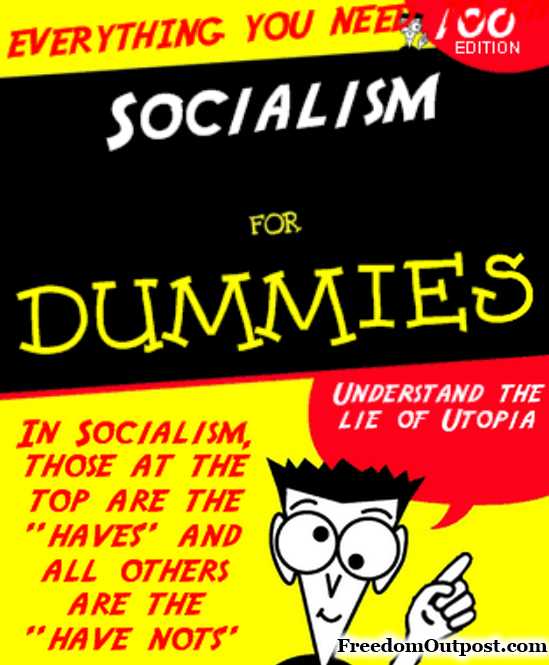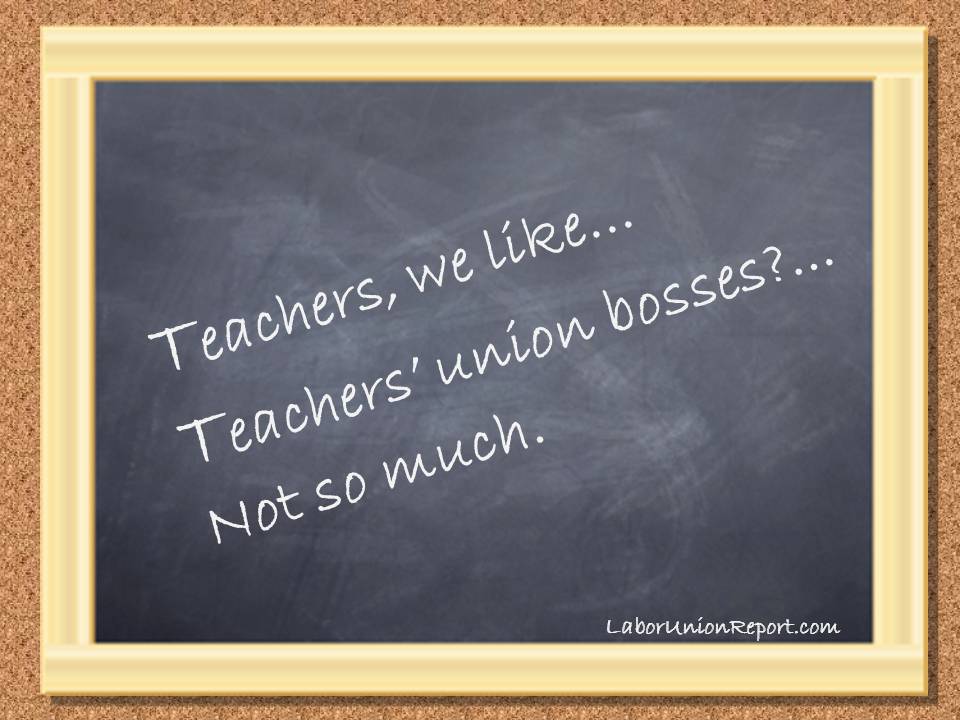
Throughout the country, for years, unions and their Democrat allies on the Left have been beating the drumbeat of increasing taxes on the businesses and the wealthy.
While some, like the SEIU and Socialist Senator Bernie Sanders, call it a “fair tax,” the Robin Hood-like populist message of “take from the rich and give to the poor” resonates well with their constituents.
The fact is, however, the bulk of America’s income tax is already paid for by those who the Left considers “rich.”
Worse still, the problem is, who the Left is targeting as being “rich” aren’t really that rich according to the Pew Research Center.
…in Tax Land, the line between corporations and people can be fuzzy. While most major corporations (“C corporations” in tax lingo) pay according to the corporate tax laws, many other kinds of businesses – sole proprietorships, partnerships and closely held “S corporations” – fall under the individual income tax code, because their profits and losses are passed through to individuals. And by design, wealthier Americans pay most of the nation’s total individual income taxes.
In 2013, according to our analysis of preliminary IRS data, people with adjusted gross incomes above $250,000 paid nearly half (48.9%) of all individual income taxes, though they accounted for only 2.4% of all returns filed. Their average tax rate (total taxes paid divided by cumulative AGI) was 25.6%. By contrast, people whose incomes were less than $50,000 accounted for 63.4% of all individual income tax returns filed in 2013, but they paid just 6.2% of total taxes; their average tax rate was 4.2%.
The relative tax burdens borne by different income groups changes over time, due both to economic conditions and the constantly shifting provisions of tax law. For example, using more comprehensive IRS data covering tax years 2000 through 2011, we found that people who made between $100,000 and $200,000 paid 23.8% of the total tax liability in 2011, up from 18.8% in 2000. Filers in the $50,000-to-$75,000 group, on the other hand, paid 12% of the total liability in 2000 but only 9.1% in 2011. (The tax liability figures include a few taxes, such as self-employment tax and the “nanny tax,” that people typically pay along with their income taxes.) [Emphasis added.]

Of course, one other solution may be just to eliminate wealth entirely. However, after only one year, there would be no one left to tax.
Related:





